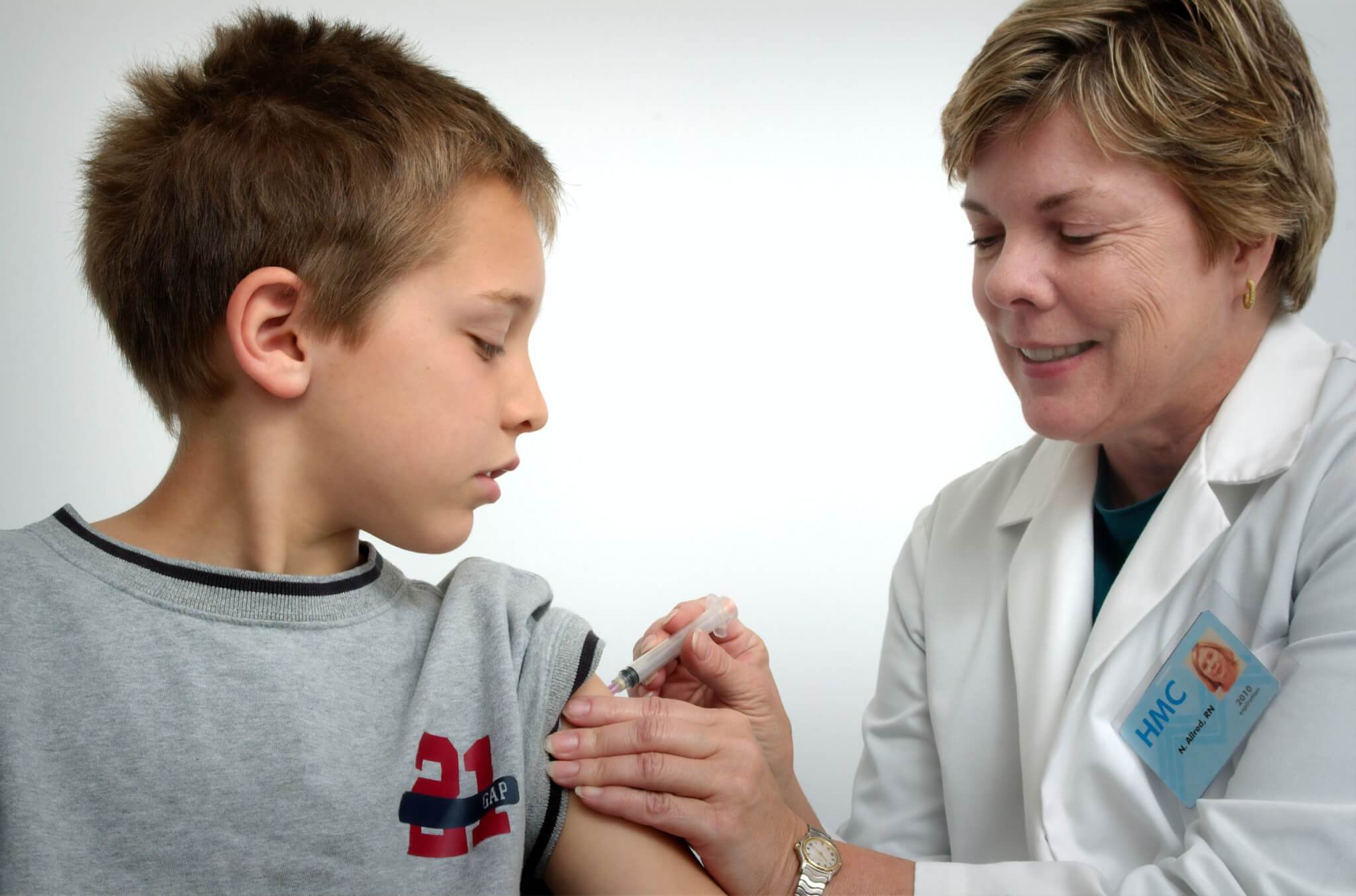
Photo by CDC on Unsplash
ITHACA, N.Y. — Vaccines developed long before COVID-19 ever existed likely offer some protection against the new virus, according to researchers from Cornell Medicine. Scientists report both flu and measles inoculations may help end the pandemic by “flattening the curve.”
While the idea of using a flu shot to prevent COVID-19 may sound outlandish now, many scientists actually suggested this exact approach in 2020. Numerous public health experts suggested immunizing vulnerable people with other vaccines during the early days of the pandemic. In fact, decades' worth of research indicates vaccines are quite capable of cross-protecting patients against multiple pathogens.
“We know that unrelated vaccines have these heterologous effects, and a reasonable person could tell you that if you used them during a pandemic, it would benefit,” says lead study author Dr. Nathaniel Hupert, an associate professor of population health sciences at Weill Cornell Medicine, in a university release.
Still, many questions lingered. Study authors wondered just how much this approach would help, and which populations would benefit the most from other vaccinations. In pursuit of clarity, researchers from both Oxford and Cornell used the COVID-19 International Modeling Consortium (CoMo) system, a super-advanced computer modeling platform built during the pandemic.
“If you have a model that can be customized to a particular place and time in the context of an outbreak, you can start to experiment with different conditions of population immunity and see how things might have played out,” Dr. Hupert explains.
Even a small amount of protection makes a big difference
They chose the winter 2020-21 COVID-19 wave that hit shortly after the 2020 holidays as a time period, and then predicted the likely effects of implementing a non-COVID-19 vaccine intervention at various times and across different populations. The team did not focus on a single vaccine during the study. Instead, they looked at cross-protection data pertaining to measles, influenza, tuberculosis, and other immunizations.
That analysis led to the conclusion that even an unrelated vaccine only offering a five-percent increase in protection against serious COVID-19 symptoms among a small portion of the population would still dramatically help lower both caseloads and patients hospitalized.
“Surprisingly, we found a couple of really interesting emergent results from what we put in the mix,” Dr. Hupert adds.
A ‘double win' against COVID
Studies show that COVID-19 infections tend to become more serious among older adults. Interestingly, however, a simulated unrelated vaccination campaign targeting all age groups proved to be more effective than strategies targeting only the elderly. Why would this be the case?
Study authors theorize younger people are more social, which means more opportunities to spread a viral infection. Vaccination timing is another big factor. Unrelated vaccinations help more when they take place during the rising phase of a new COVID-19 wave.
“This modeling study shows the potential power of all vaccines in keeping the immunological system primed and healthy,” notes senior study author Dr. Douglas Nixon, a professor of immunology in medicine in the Division of Infectious Diseases at Weill Cornell Medicine, “and reinforces the need for everyone to keep their vaccination history up to date, particularly during a pandemic.”
All in all, Dr. Hupert considers these findings a “double win.” To start, this means countries with limited access to COVID-19 vaccines can still provide citizens some extra protection via other vaccines.
Additionally, as new variants like Omicron continue to appear all over the world, “each and every additional protective measure that we can muster across populations at risk – even small ones like those we modeled – will lead to fewer infections, which means fewer new variants, which may mean a quicker end to the pandemic.”
The study is published in the Proceedings of the National Academy of Sciences.










